3 Modern Aircraft That Were Invented in Home Garages

So many now-iconic products have origin stories that start in some dude’s garage—the Mac, the Dyson vacuum cleaner, and even google—so it shouldn’t surprise you that the next great airplane is coming to life behind a nondescript hangar door at what could be an airport near you.
What powers this innovation? One source is an aircraft category called “experimental/amateur-built” that is recognized by the FAA since they are created and produced, ostensibly, by the person who will fly the final product. That category has expanded, including thousands of kit models from dozens of companies. There are an estimated 27,500 active experimental aircraft in the country, second only in number to certified fixed-wing airplanes.
More from Robb Report
These Next-Gen Supersonic Jets Want to Replace the Concorde. Will They Ever Take Off?
Millionaires vs. Billionaires: Which Wealth Class Really Has More Clout?
This Bonkers New X-Plane Uses Holes in Its Wings to Hit Mach Speeds
Building a kit aircraft doesn’t mean you’re on your own. The trend has shifted from self-built aircraft to builder-assisted programs, where new owners spend several weeks constructing their own airplanes, making the process more accessible to first-time pilots.
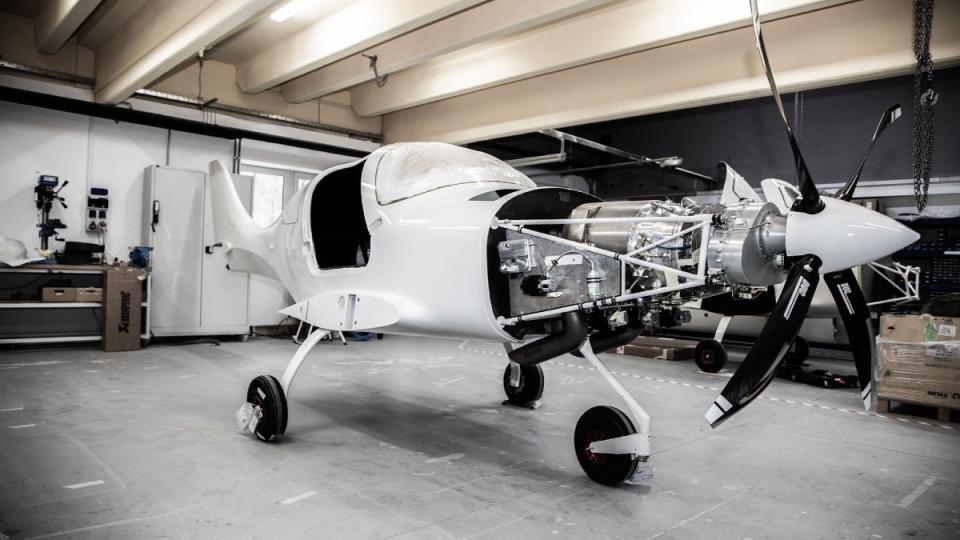
Of course, not all the hottest designs come from the kit world. There are a growing number of new aircraft, many conceived in garages, now on production lines, so owners don’t need to pick up a wrench to enjoy them.
Beyond aviation knowledge and sheer ambition, the one commonality of the three “garage” teams below is age. Ranging from 25 to late 30s—the same age as Wilbur and Orville Wright when they first flew at Kittyhawk—these Millennial teams are giving birth to fresh ideas and aircraft at the entry point of aviation, proving that innovation at the garage level is still very much alive.
The three Karl brothers in Madison, Wisconsin, their ages averaging 33, are completing the prototype of one of the most radical experimental airplanes ever. The DarkAero 1, which appears to be sculpted out of black carbon, is preparing for flight tests following successful ground testing. Even in the hangar, the stealthy, two-seat, 275-mph, cross-country dart looks more than ready to push the envelope in efficiency, range (1,700 nm), and useful load (750 pounds).
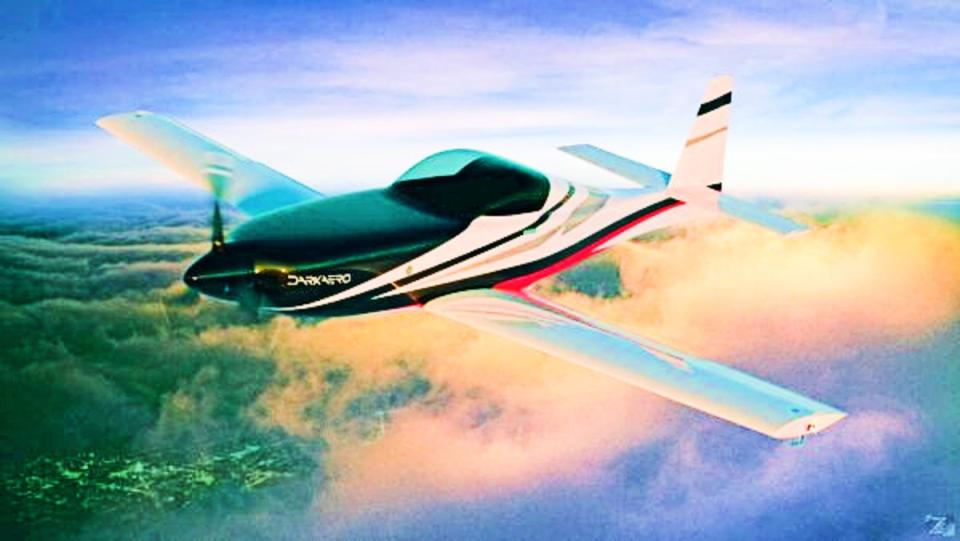
Ryley, Keegan and River Karl grew up in rural Frederic, Wisconsin, with an interest in building things. They all attended the University of Wisconsin, Madison, with Ryley doing his degree in aerospace, Keegan studying mechanical engineering and River electrical engineering.
With the necessary skill sets to build an aircraft, the brother’s decision to create a radical new design came at a time when 3D printers and CNCs were becoming affordable for hobbyists. The brothers created the DarkAero 1, an ambitious, forward-thinking, carbon-fiber design that they decided would appeal to a larger audience.
DarkAero plans to use the normally aspirated UL Power UL520iS engine, which is significantly lighter and smaller than those powering comparable high-performance airplanes. This enables both higher cruise speeds and greater efficiency than the majority of manufactured airplanes in this category.
The team developed a strong social media following, thanks largely to the aircraft’s cool-looking fuselage, but also for its willingness to share the technology with other experimental aircraft enthusiasts. The DarkAero 1’s carbon construction also comes together with no special jigs or shop tools—breaking new ground for the DIY kit market. DarkAero has also been taking its customers along during the design journey in great detail, posting CAD animations in its updates.
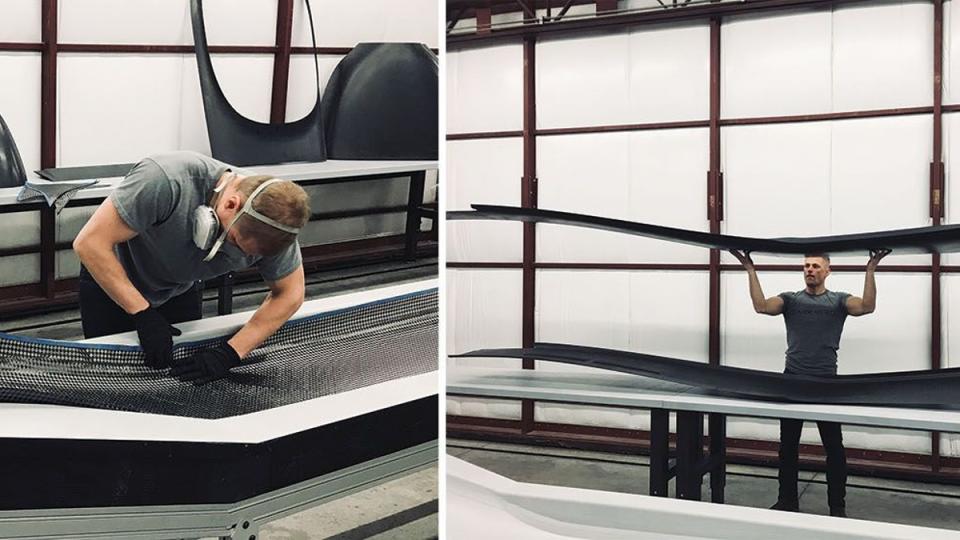
Flight testing hasn’t happened yet. “We’re doing everything we can to make sure the airframe is sound,” River Karl told Robb Report. “We don’t want to put an exact date on the first flight, where we have conflicting requirements, where safety might take a back seat to the timeline.”
The cost of completion also remains a moving target, and a finished DarkAero 1 may top the $200,000 quoted on the website. The estimated completed cost will depend also on what avionics the buyer chooses—along with the sweat equity needed to complete the aircraft. That actually seems like a modest investment, considering this is one aircraft you’d want to come flying out of your garage. Many clients agree: DarkAero has gained more than 200 kit reservations at $1,000 each.
GoGetAir’s G750 is the brainchild of Iztok Śalamon, who came up with the design for a radical, sustainable, affordable aircraft in a small Slovenian hangar in 2011. Śalamon’s goal was to create an airplane that combined speed, harmonious controls, and fuel efficiency in a package that meets strict certification requirements set by EASA, the European Union’s equivalent to the FAA. Meeting those new standards makes the G750 different from kit-built aircraft—though, like the kit manufacturers, Śalamon wants to find someone else to take over the manufacturing of the aircraft.
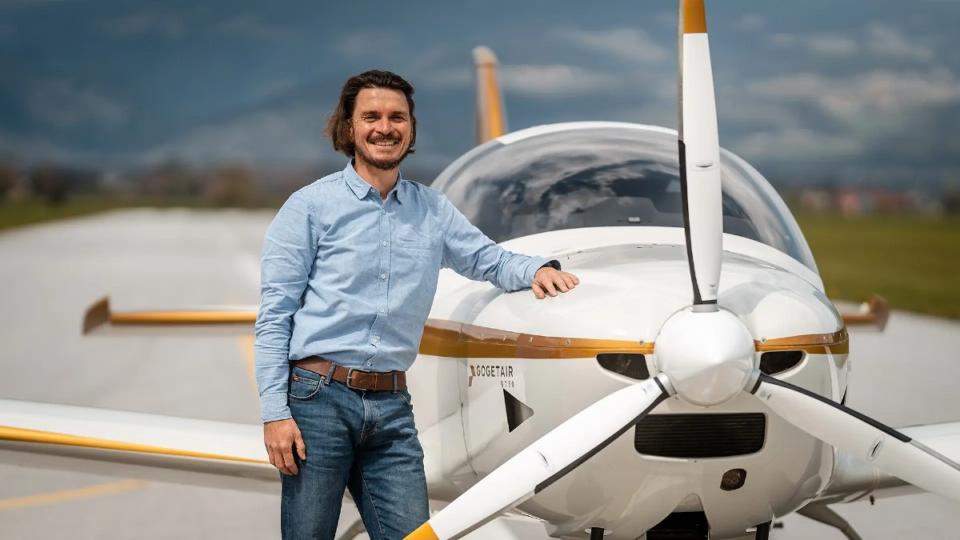
“It has matured through three generations, to make the structure lighter, to adopt it for serial production, and so on,” he told Robb Report. Śalamon doesn’t want the headaches of growing a company, taking on investors, or facing situations like hostile takeovers. He’d rather just design new aircraft from his hangar.
But the inventor also recognizes timing is critical—and the G750 is poised to capitalize on the regulatory changes that he believes will propel it in the market. “This aircraft has a category now that it did not have before, because by weight the airplane was too large to be an ultralight,” he says. With those restrictions lifted, it creates a niche: flying fast while sipping gas, with the ability to incorporate different powerplants as they become available.
GoGetAir recently exhibited a G750, serial number 14, at the Aero Friedrichshafen air show. Śalamon reports the fleet has logged around 4,000 hours, with multiple aircraft shipped around the world, including two airplanes flying in the United States. Pricing for a new G750 with a turbocharged Rotax 914UL will run about $194,400.
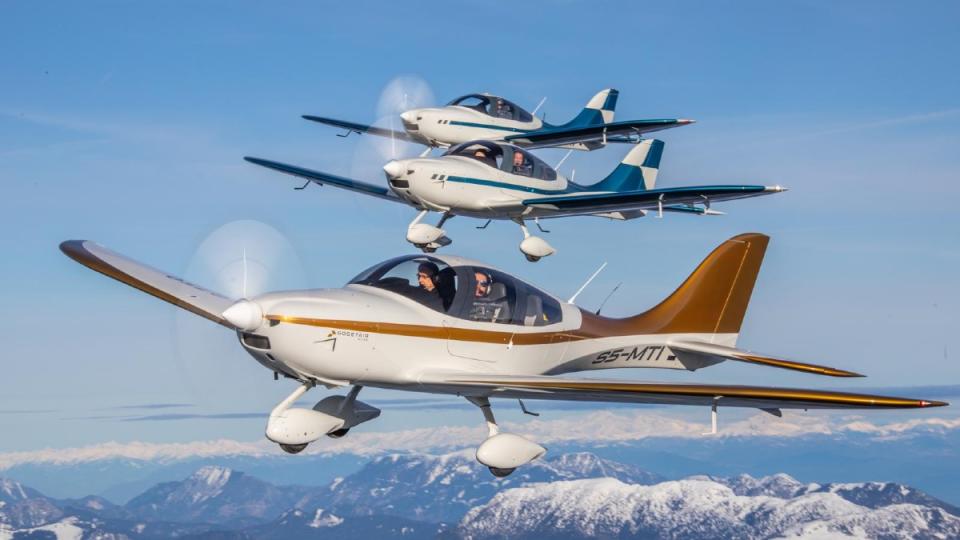
Bearhawk started in the early 1990s when Bob Barrows—a pilot and engineer based on a grass strip near Roanoke, Virginia—conceived his first four-seater designed for the backcountry. That groundbreaking design married speed and airlift capability in an airplane using a special airfoil that can take off and land in very short distances. Today, the company features five tailwheel kit models that evolved in a crowd-sourced way only possible when a pilot builds a plane for themselves.
At 25, Virgil Irwin earlier this year became one of the world’s youngest owners of a kit plane company. Irwin and his wife had purchased, built and flown the first-ever Bearhawk 5 in kit form in 2019 for missionary flying in Niger—where the need is keen for lots of lift in a short takeoff-and-landing aircraft, along with the robust steel-tube internal frame, and oleo strut gear to help stick the landings.
The political situation in Niger turned against their plans to serve there, so the Irwins wanted another mission-sized project. “During our mission, I remember thinking that this aircraft has a lot of potential, and so does the whole line,” says Irwin. So he bought the company, set up its headquarters in Fairview, Oklahoma, and continued manufacturing from a facility in Mexico. With almost 500 Bearhawks sold, it is a brand accepted among pilots.
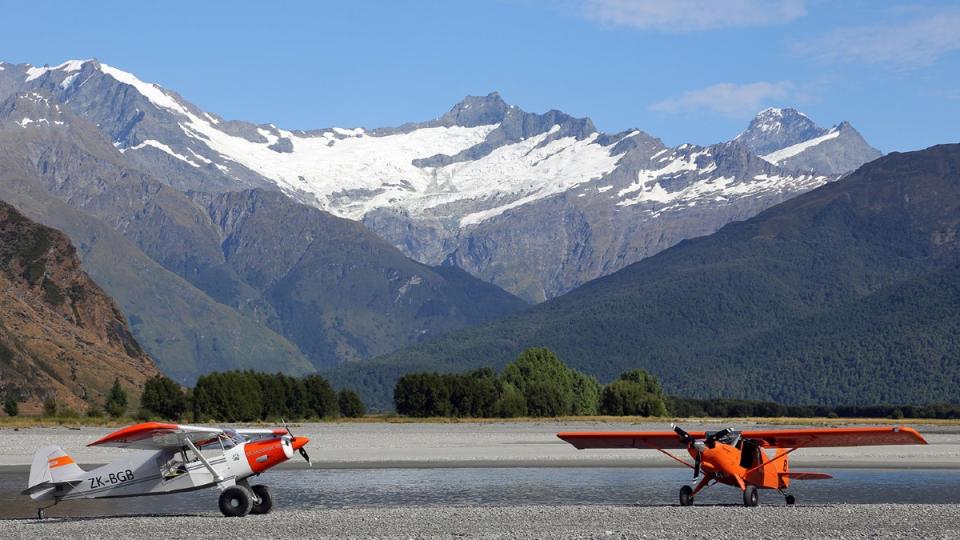
Irwin, who has owned businesses since he was 16, earned his FAA-issued Airframe and Powerplant (A&P) certificate—a license to work on both the engine and aircraft exterior. Becoming an aircraft “wrench” was a critical foundation for manufacturing kit airplanes, says Irwin, while also helping his clients get their planes up and flying.
The new owner plans to evolve Bearhawk from its “built-from-scratch” roots. Under FAA rules, an amateur-built aircraft must be at least 51-percent constructed by the owner/pilot, who remains responsible for its airworthy status. Led by the “two-week-to-taxi” programs popularized by CubCrafters, that trend has moved towards builder-assist, where owners come to the company facility for several weeks to construct their airplanes with experienced technicians.
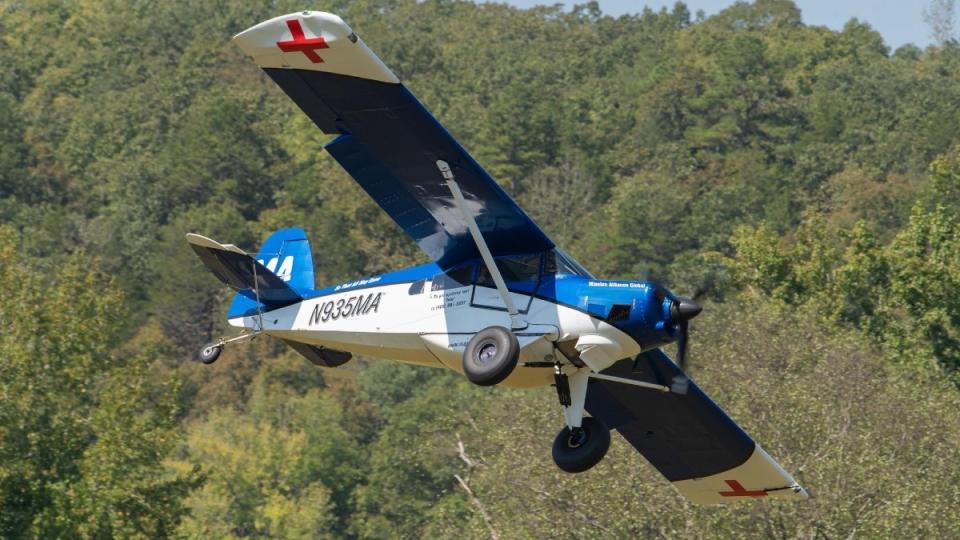
Irwin sees demand increasing in Bearhawk’s customer base beyond the roughly 30 builder-assist projects they can accommodate. The company’s two-week program is booked heavily, and Irwin’s goal is to build 40 kits this year, as well as finding other builder-assist programs around the country. Beyond that, the plan is to modernize the Bearhawk 5 in both small and large ways, and then move back through the other models with new modifications.
“We’re going to update the kits,” Irwin told kitplanes.com, “and begin providing the kind of support modern owners look for.” Completing a Bearhawk 5 costs up to $150,000, depending on how it’s equipped.
Best of Robb Report
Sign up for Robb Report's Newsletter. For the latest news, follow us on Facebook, Twitter, and Instagram.


